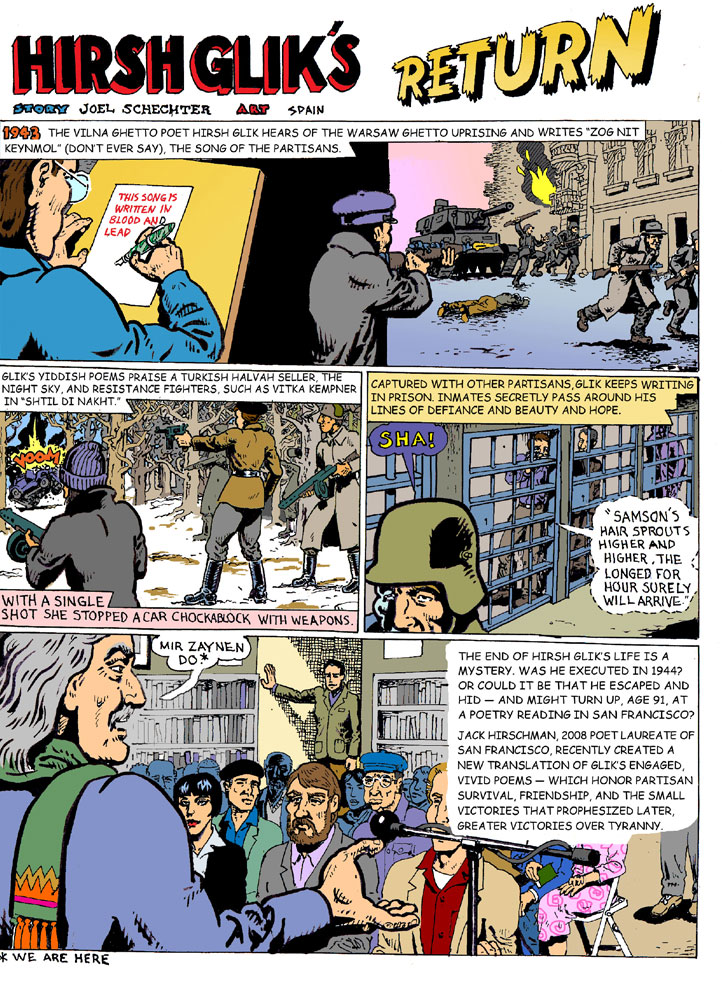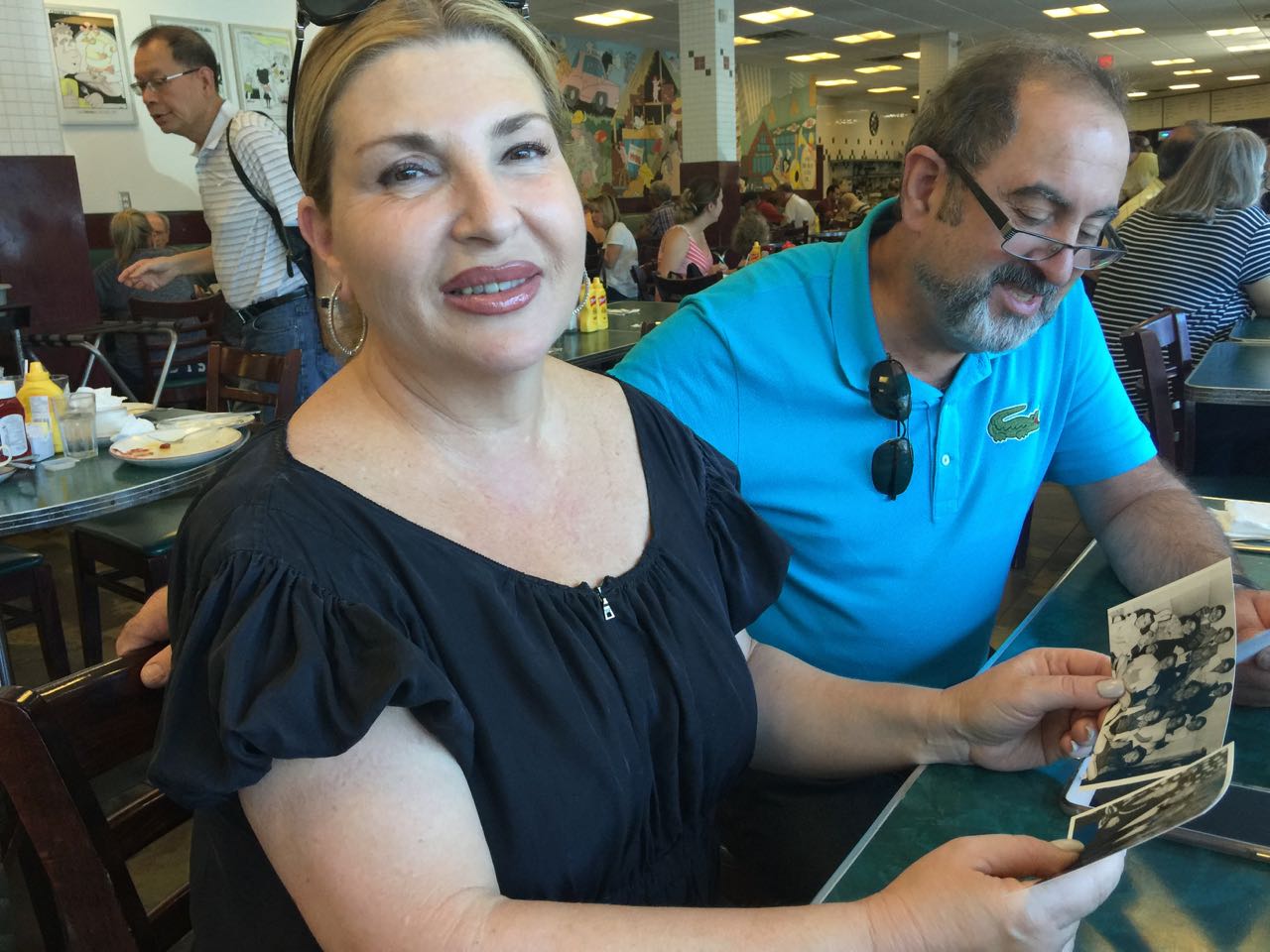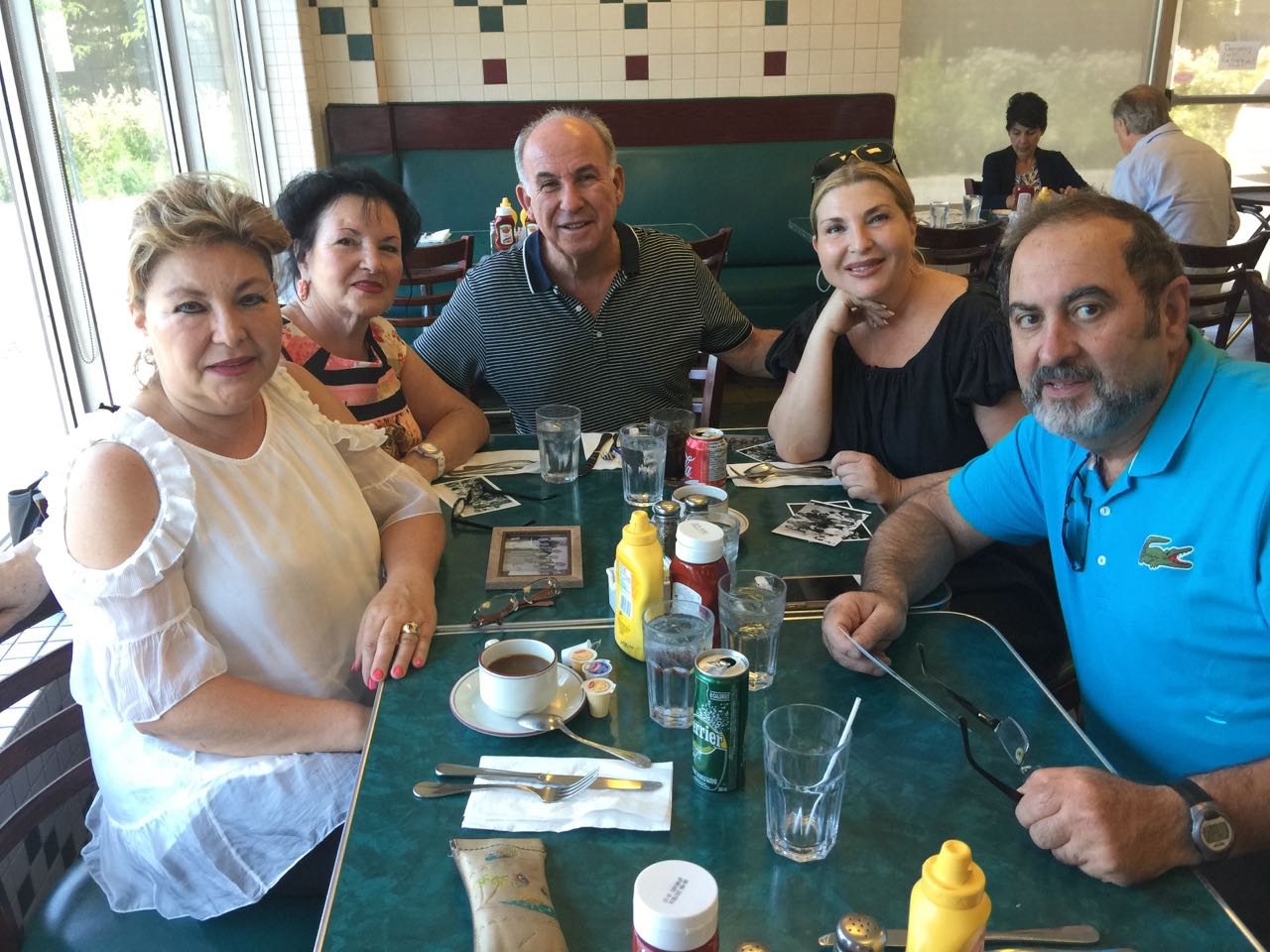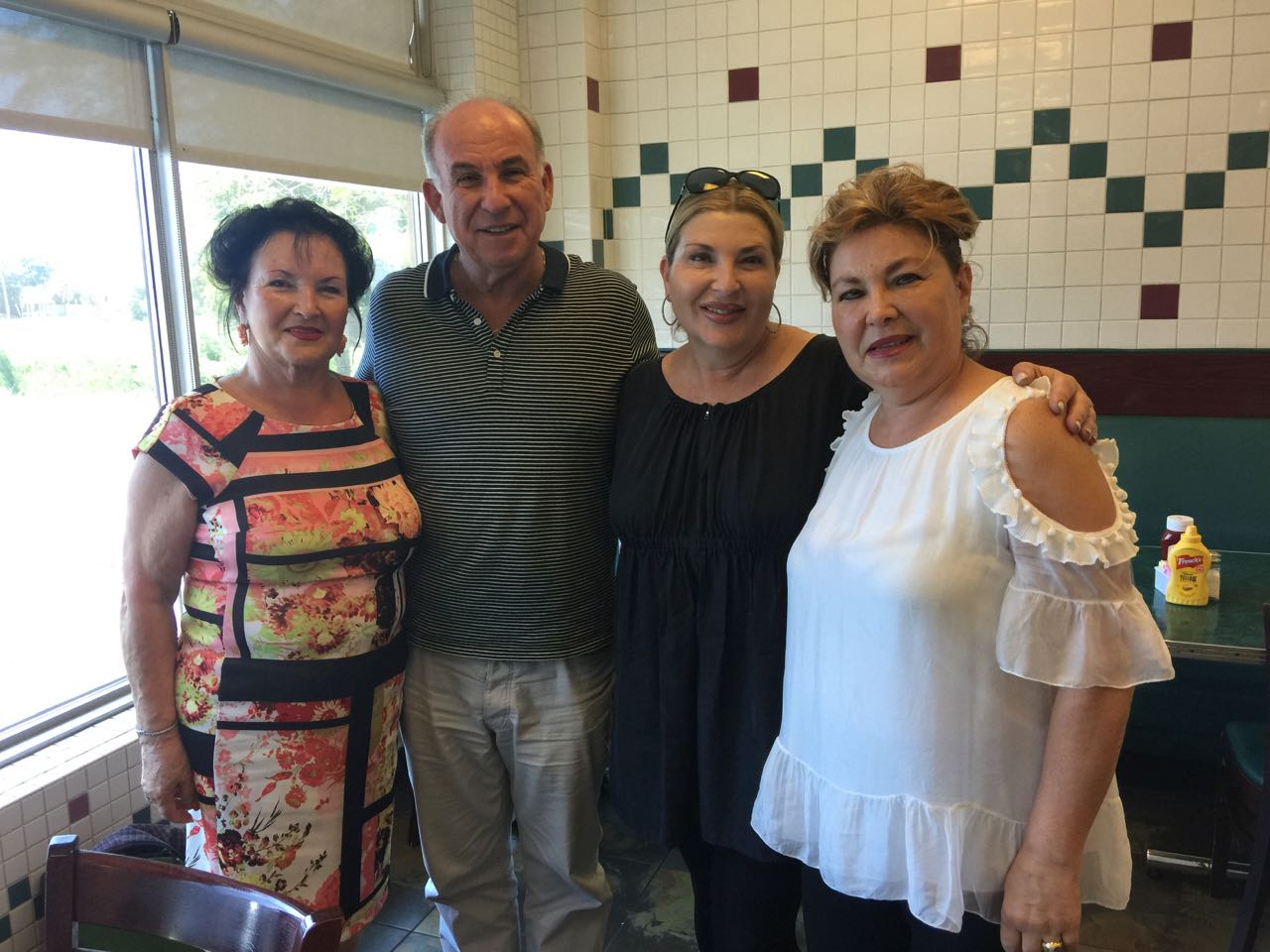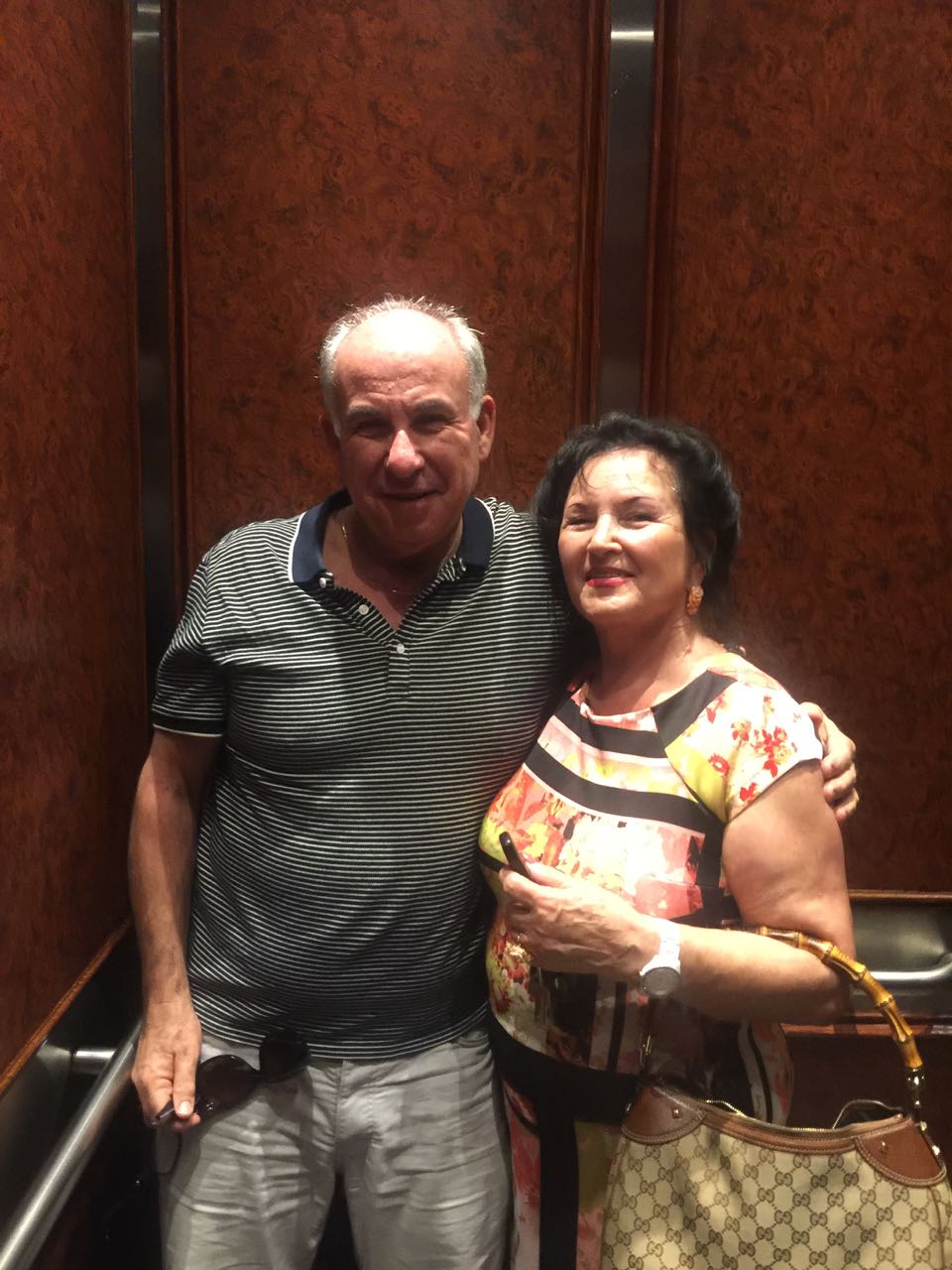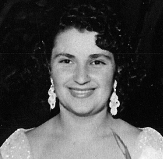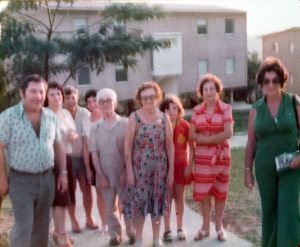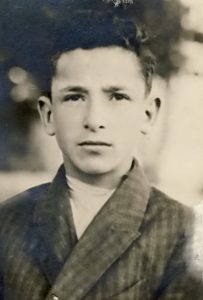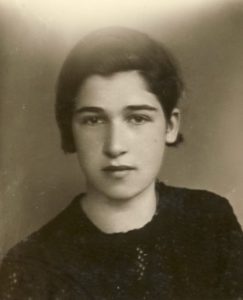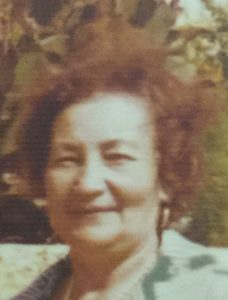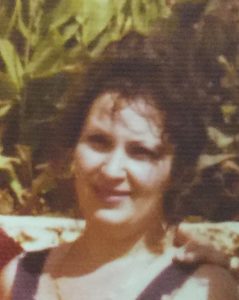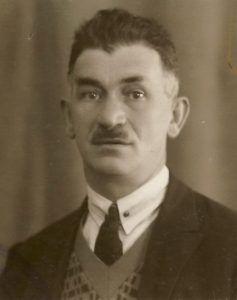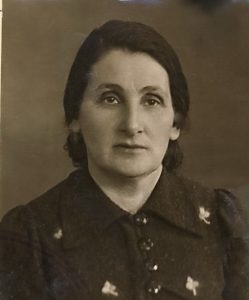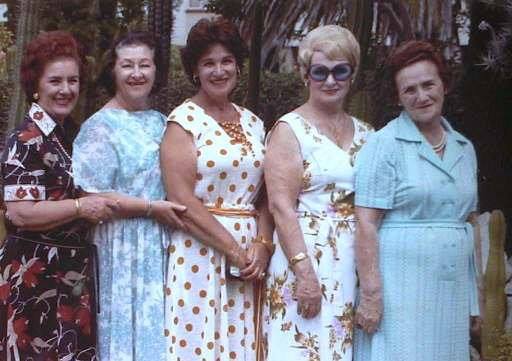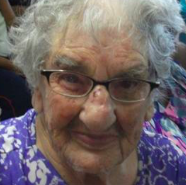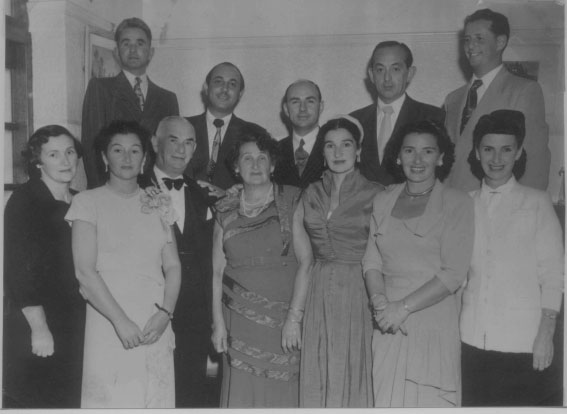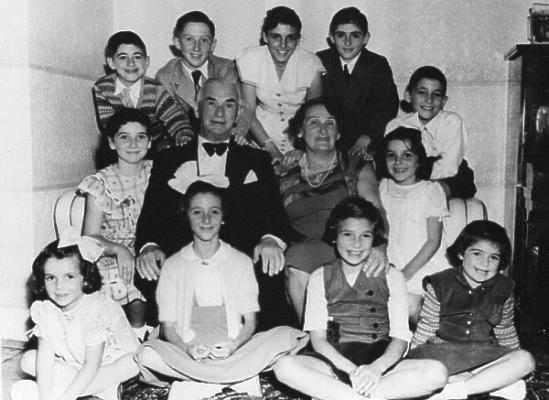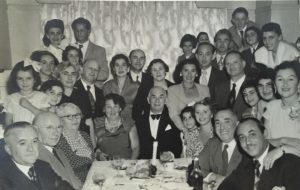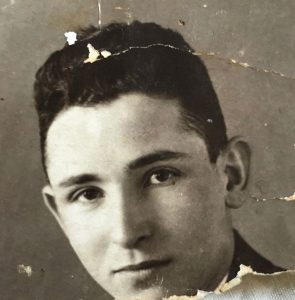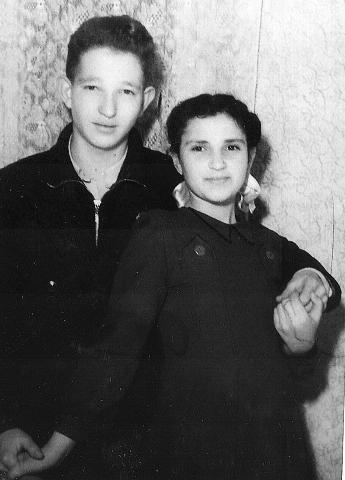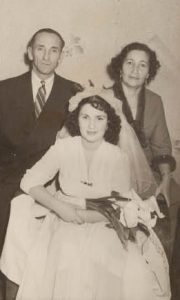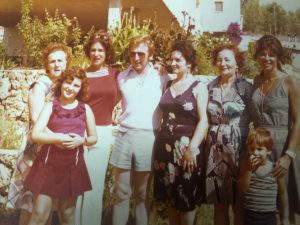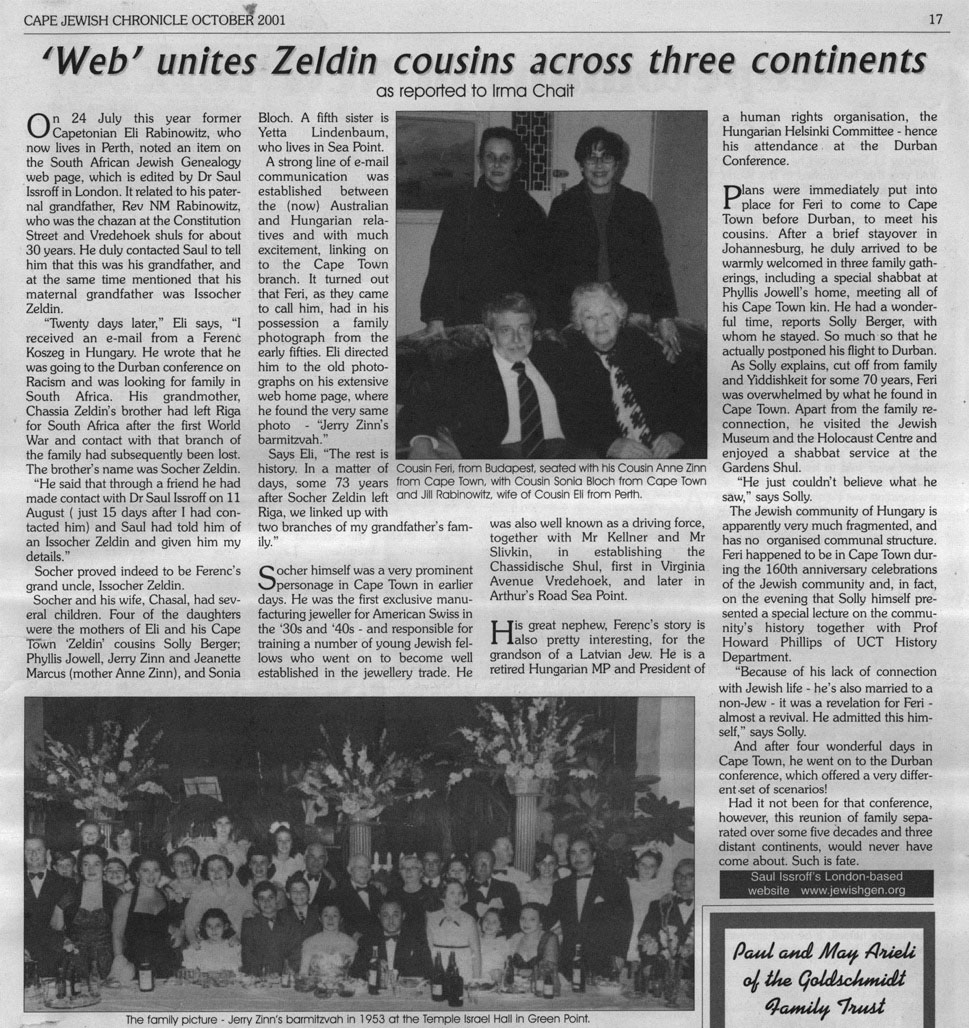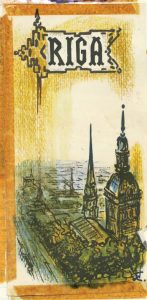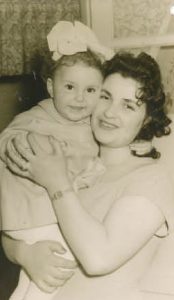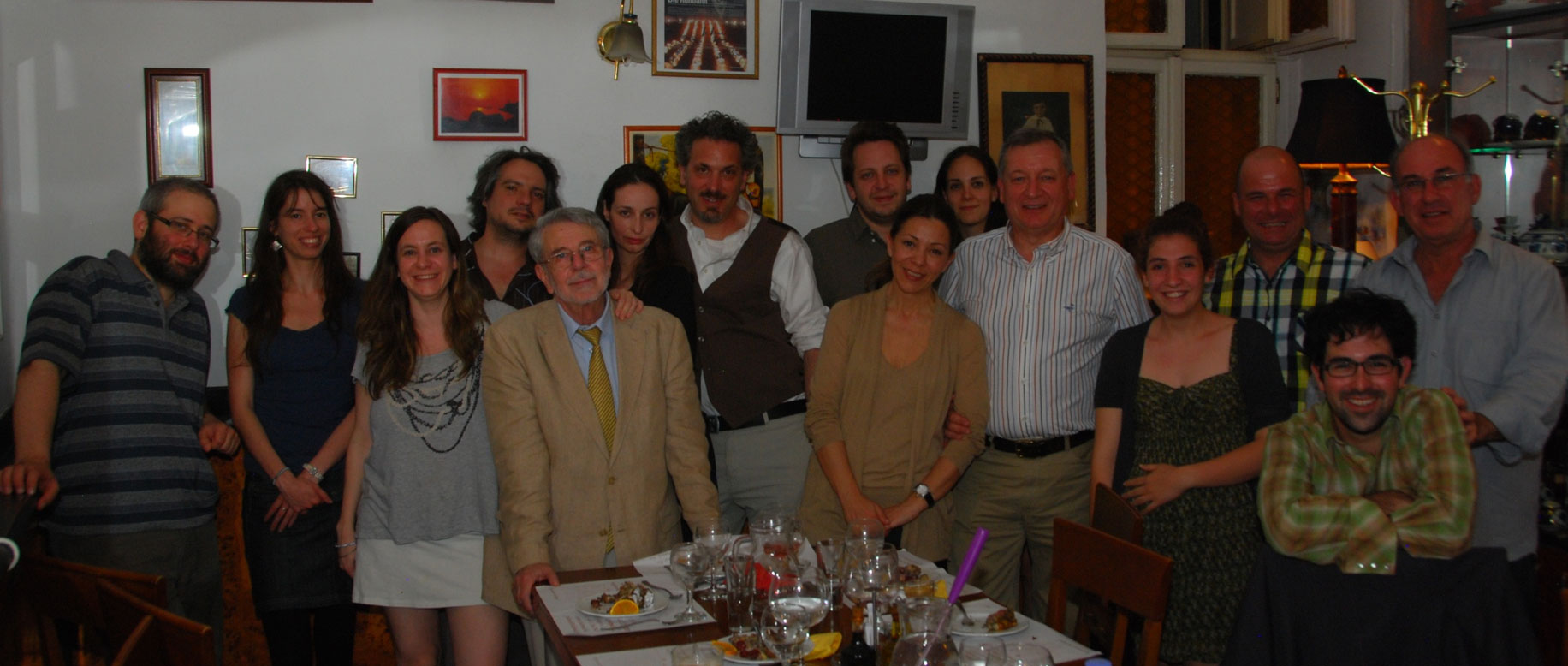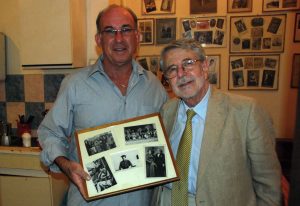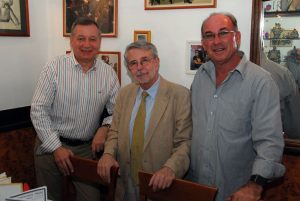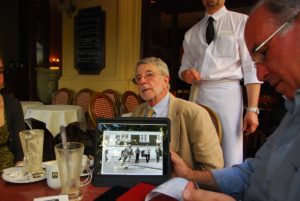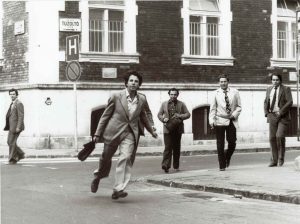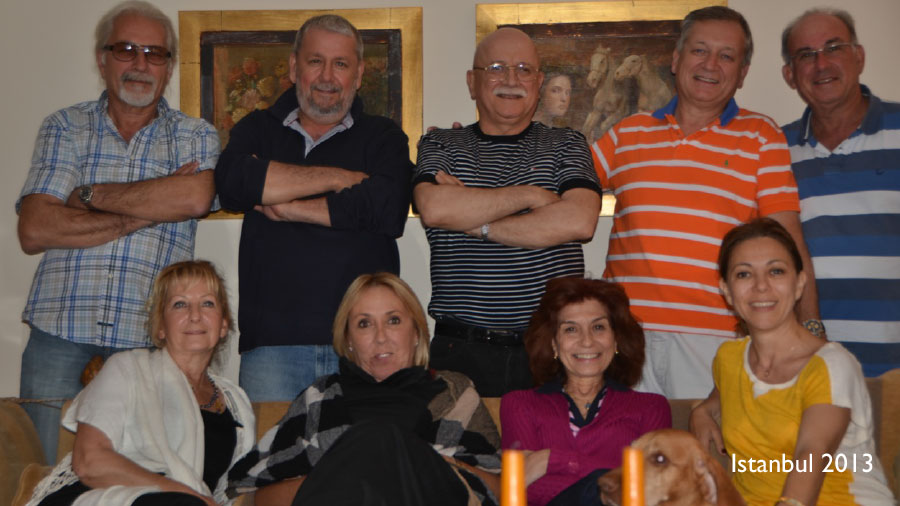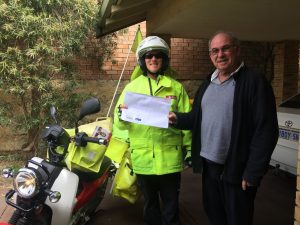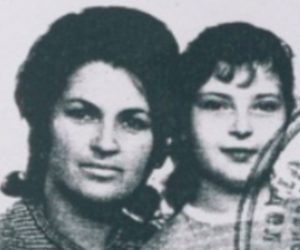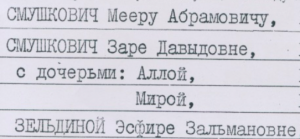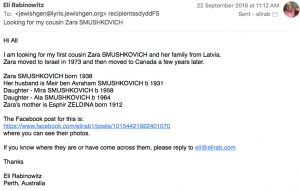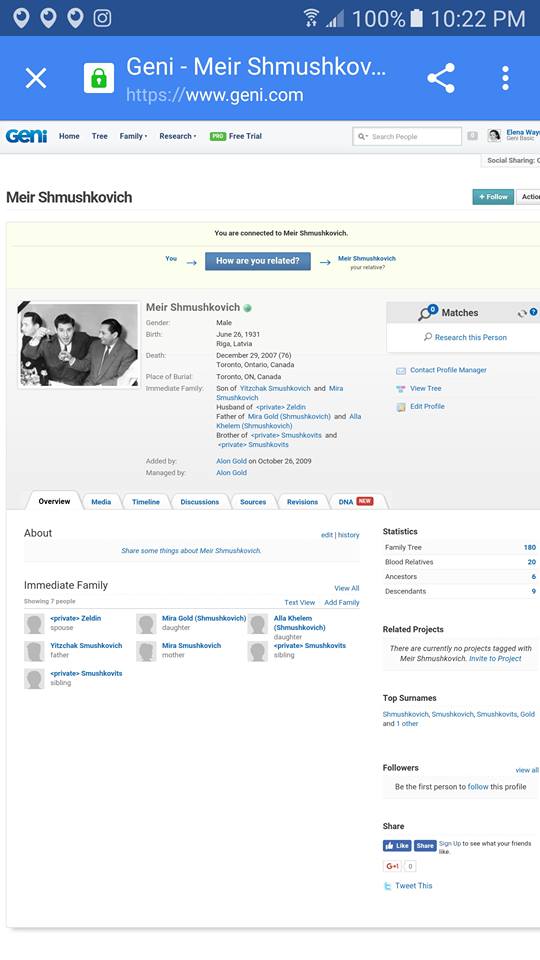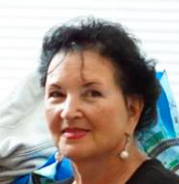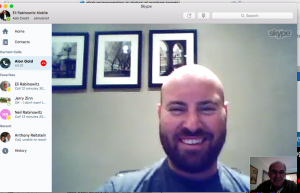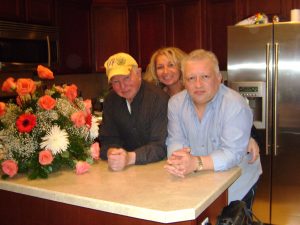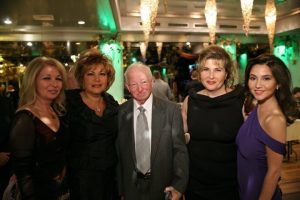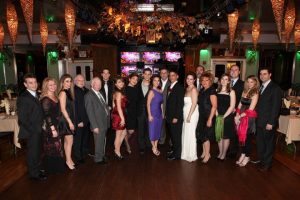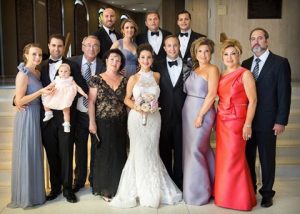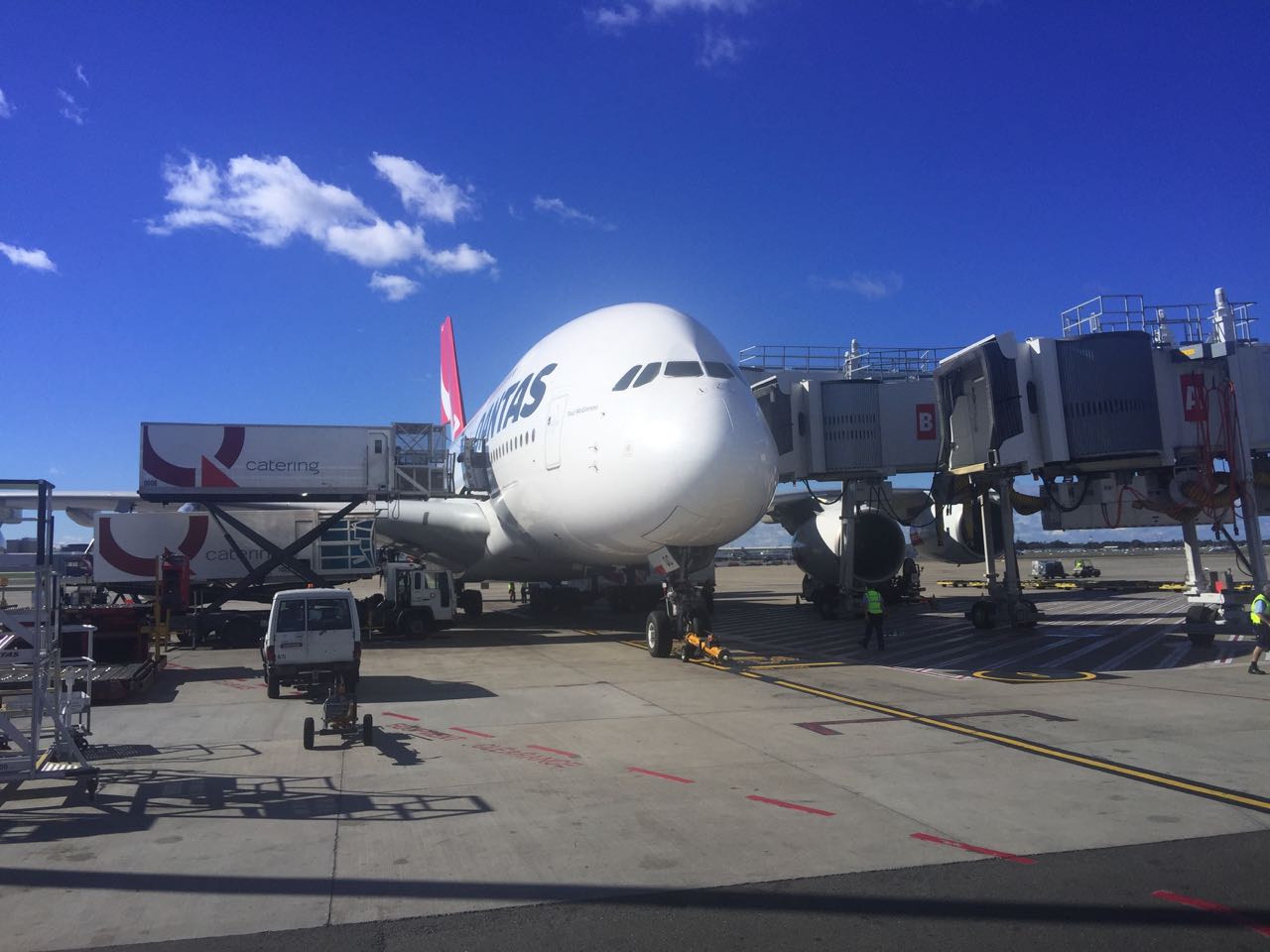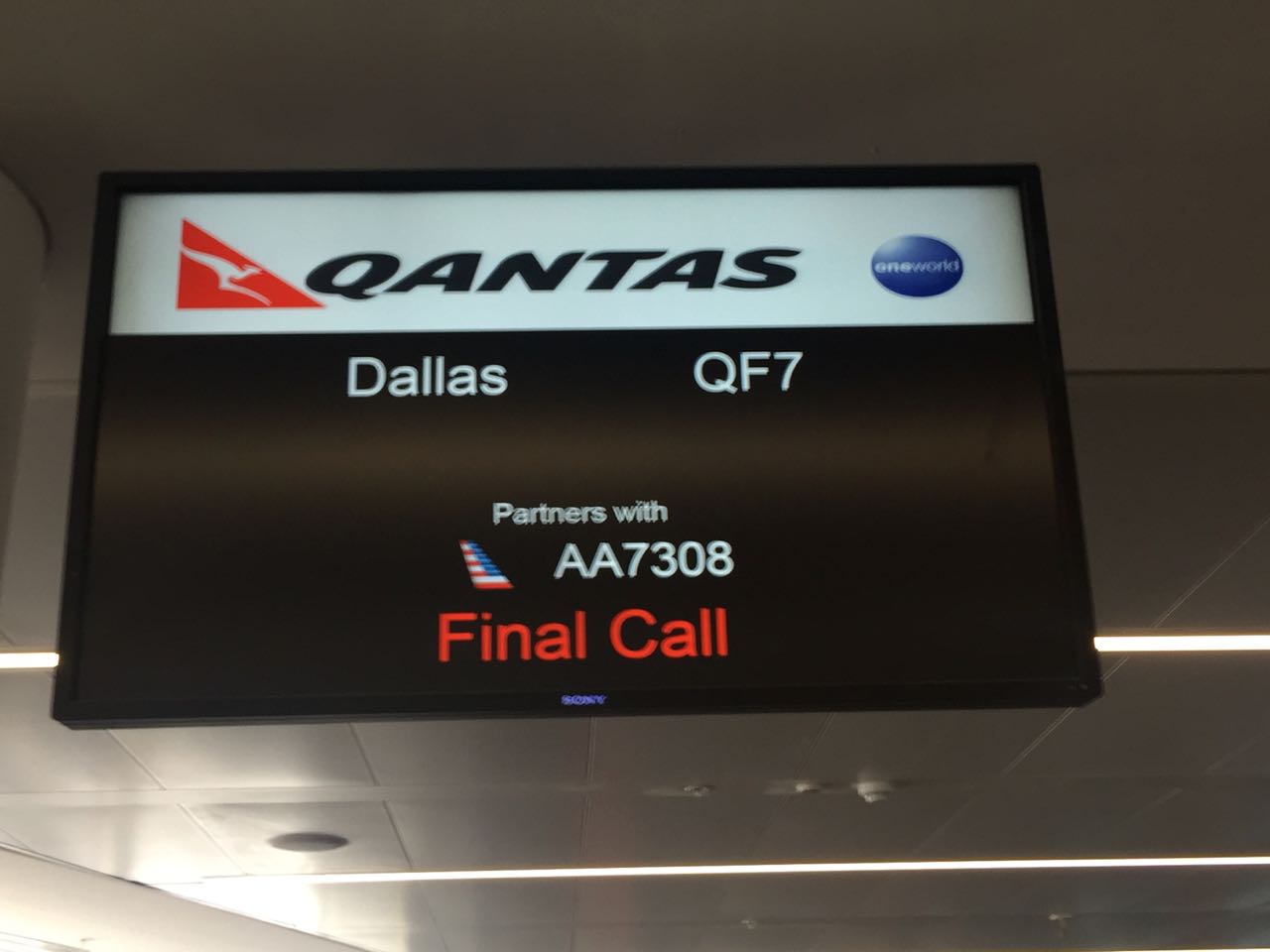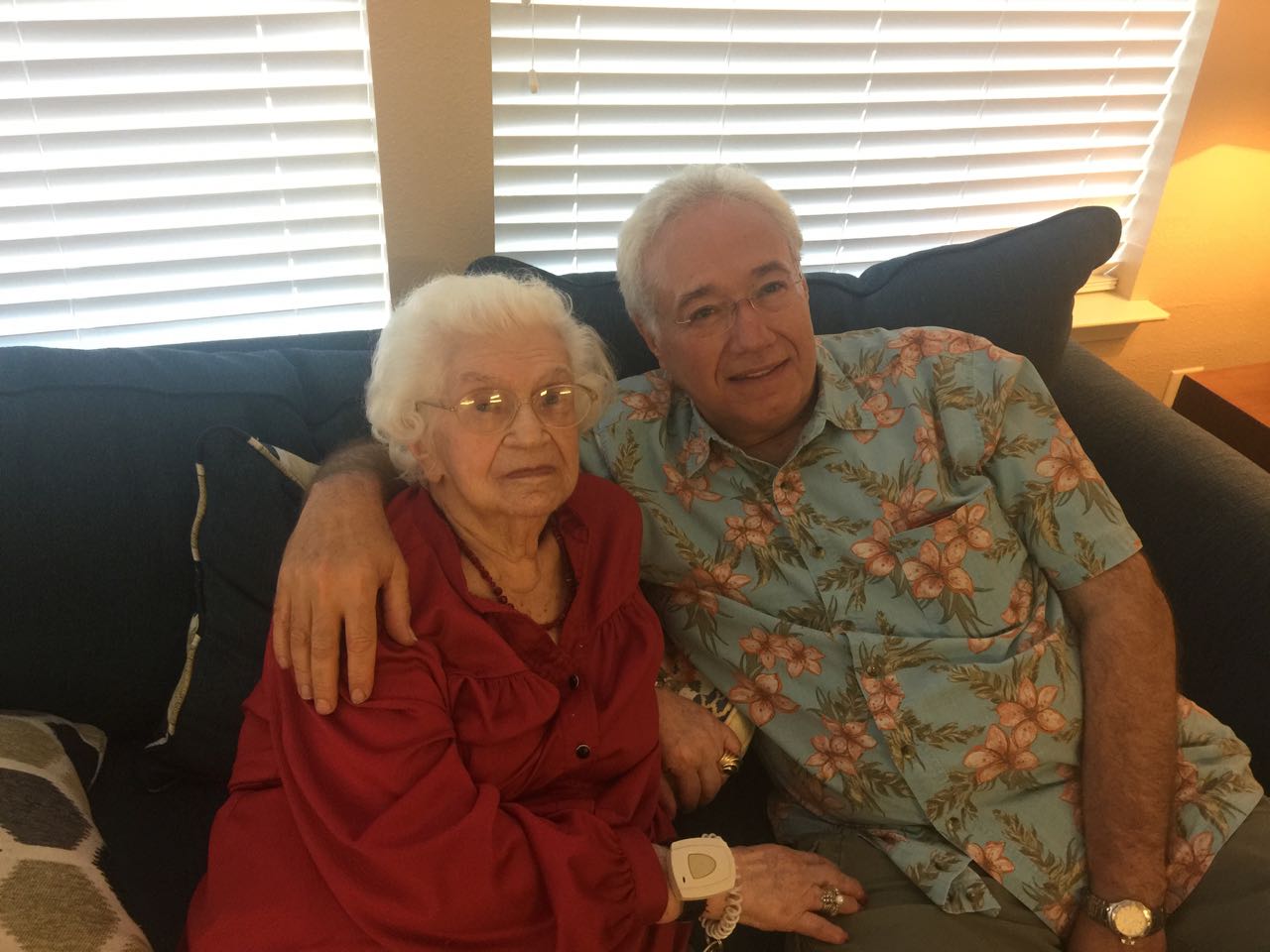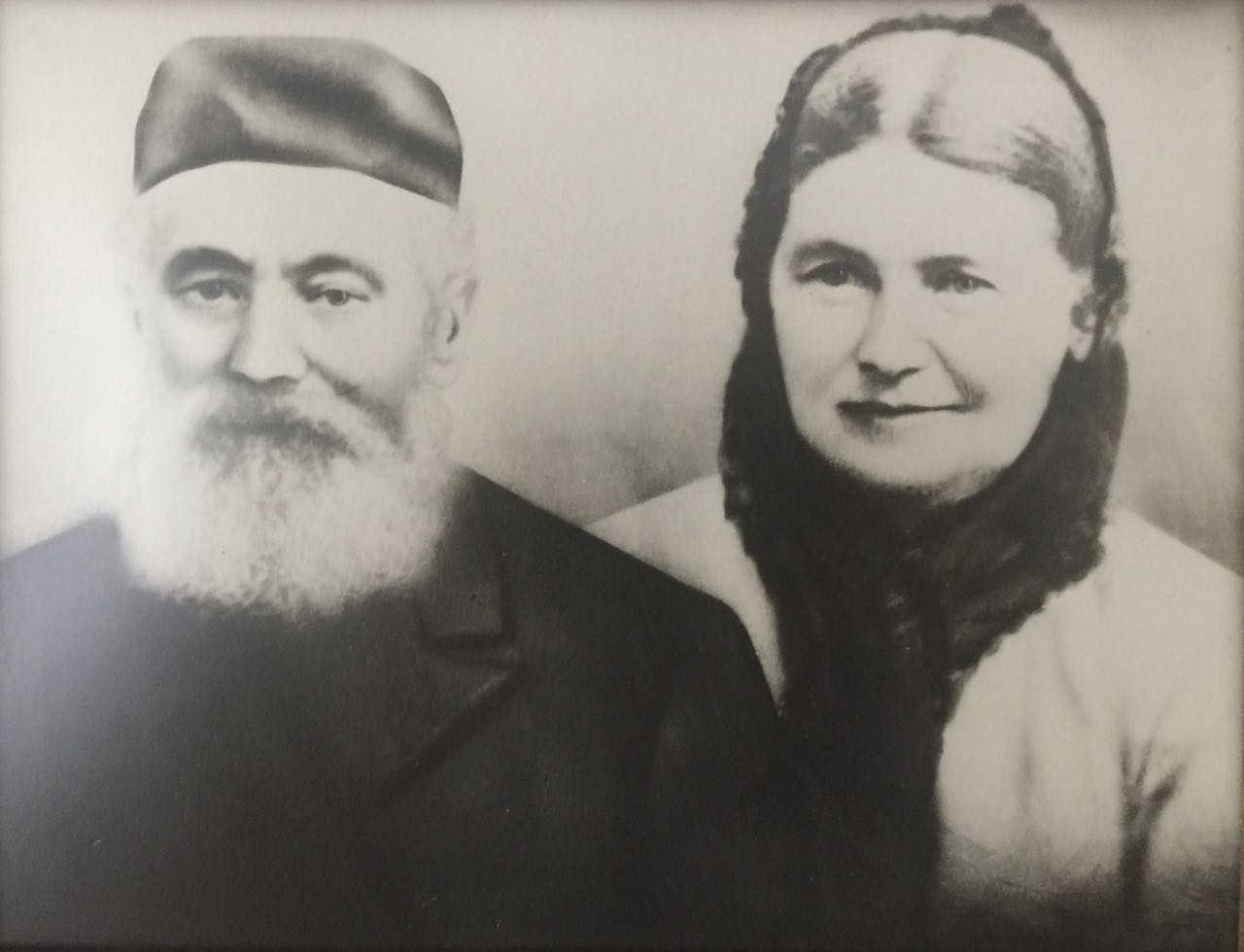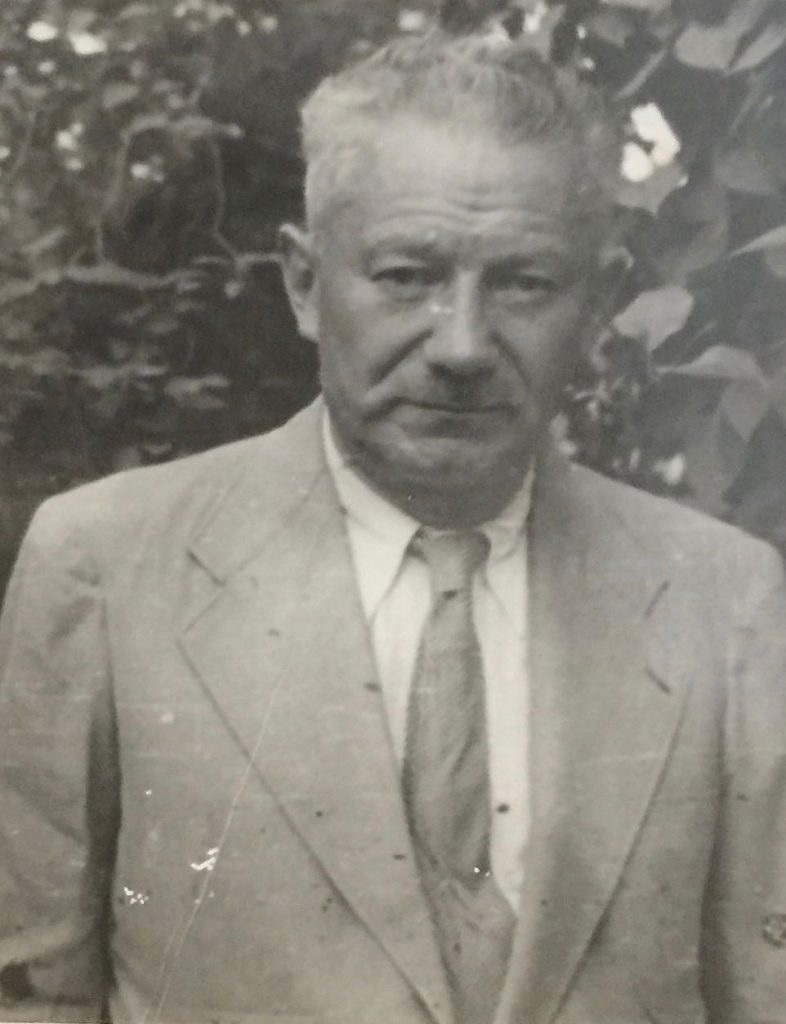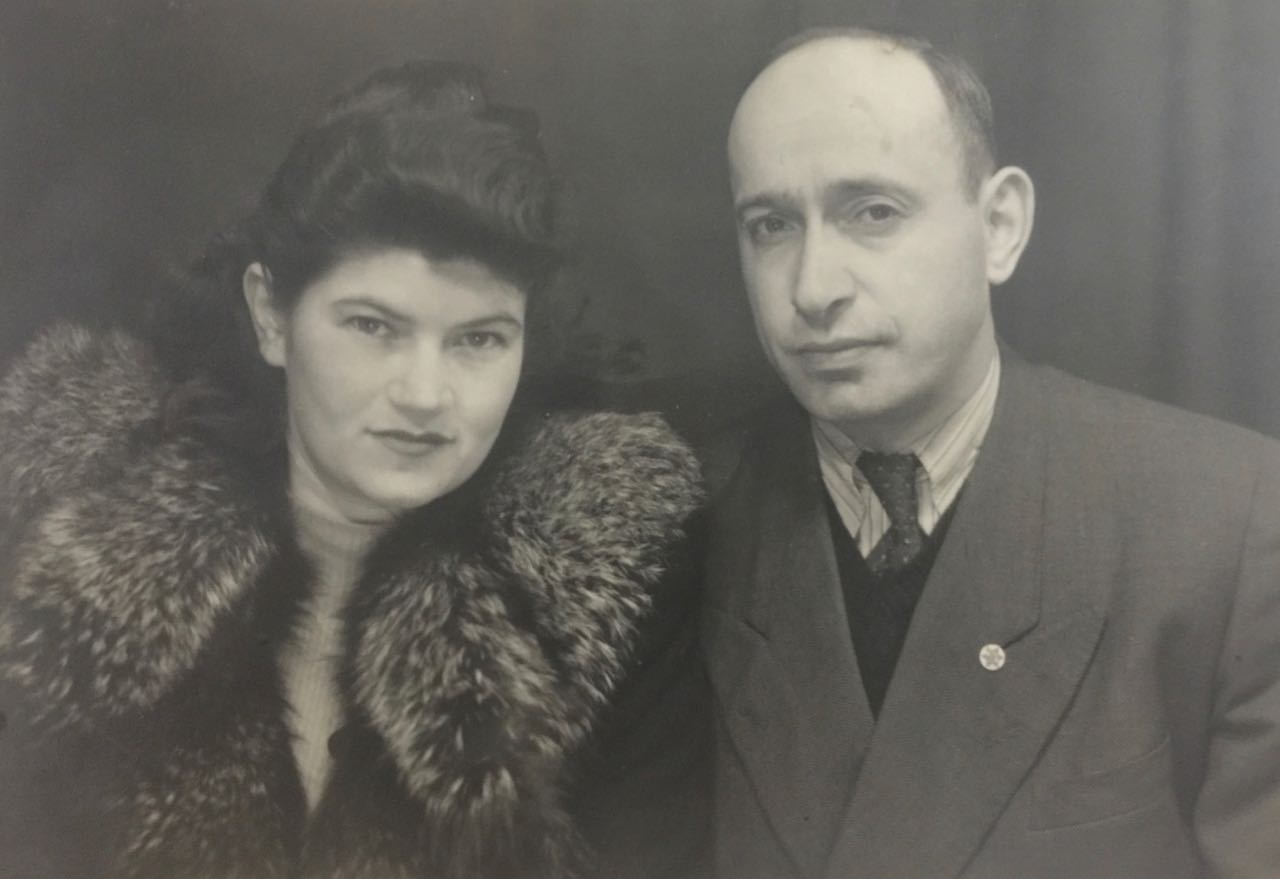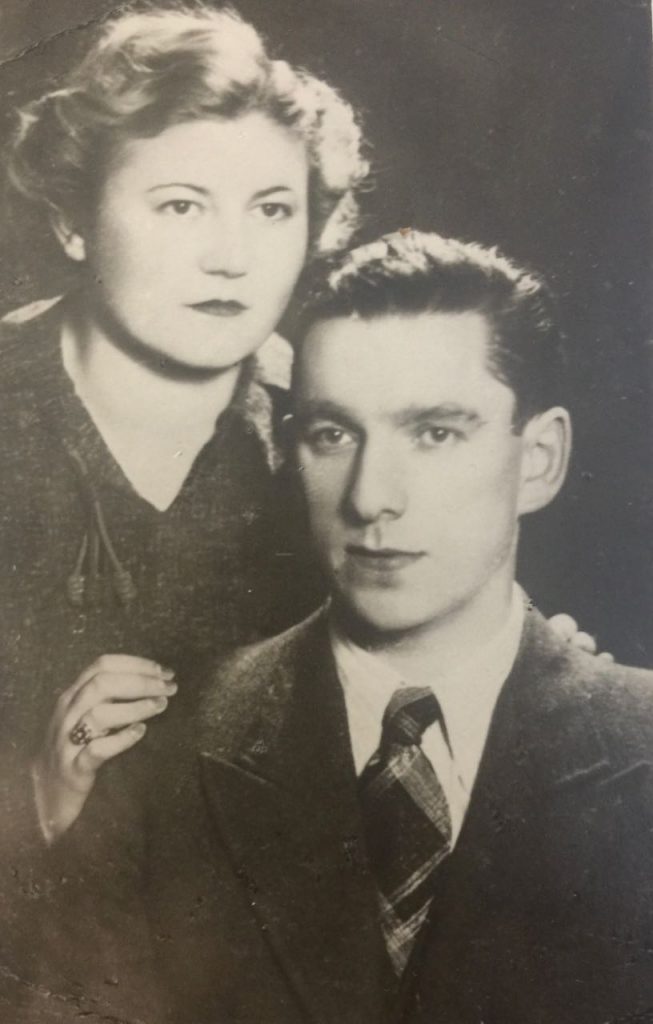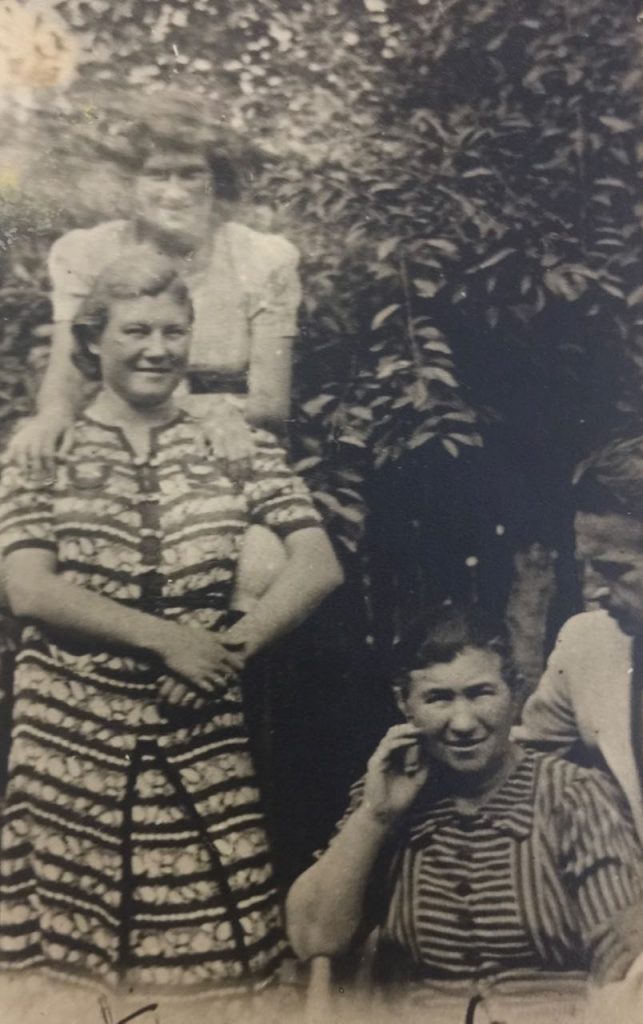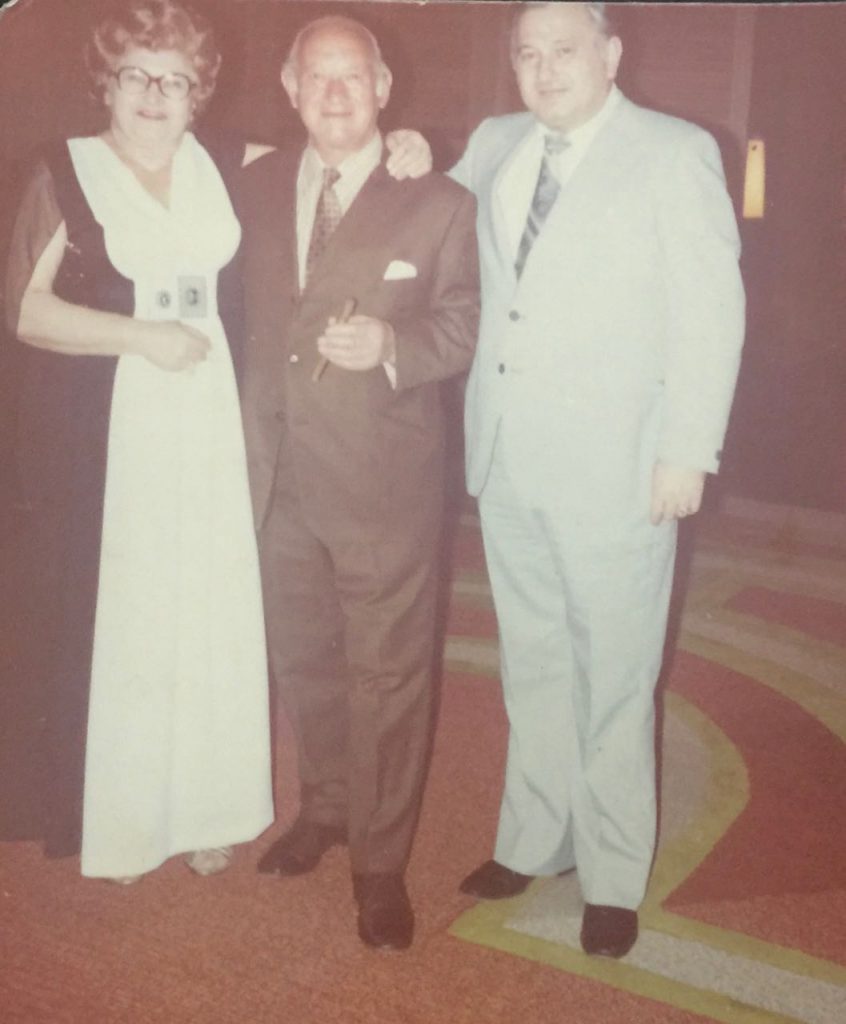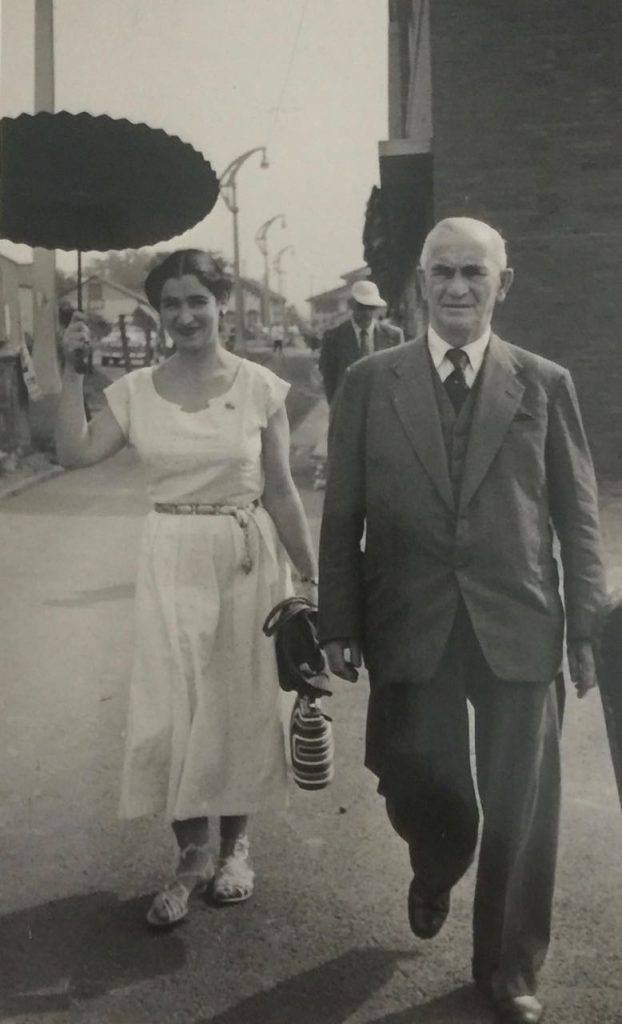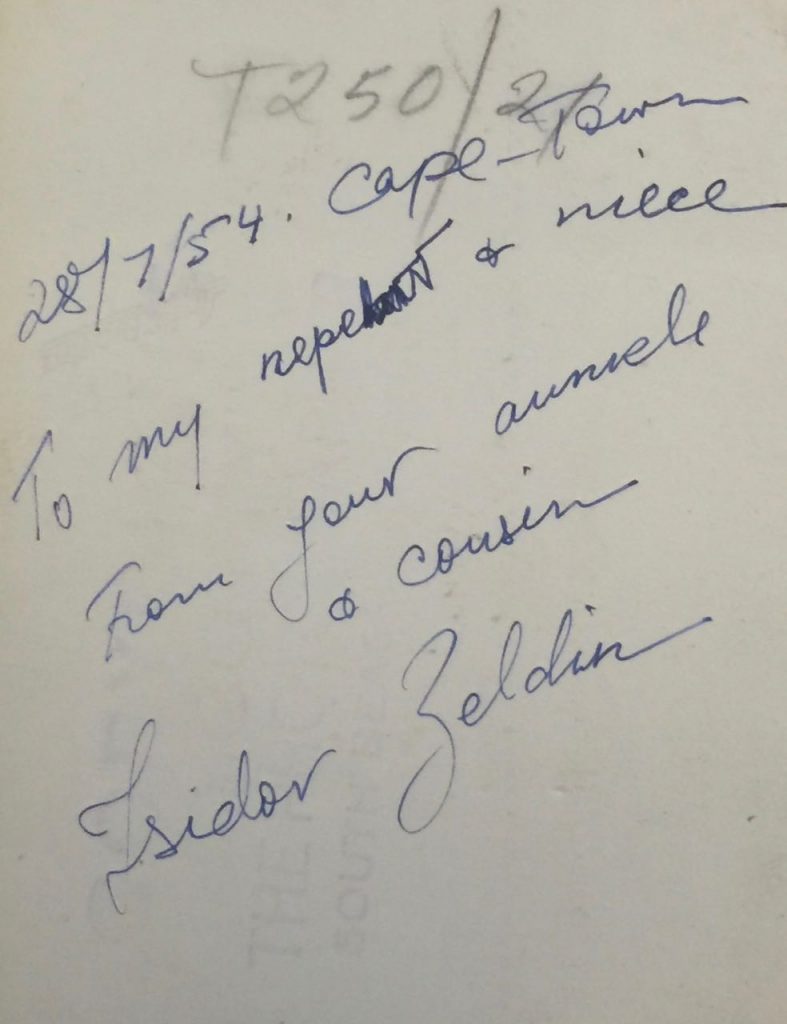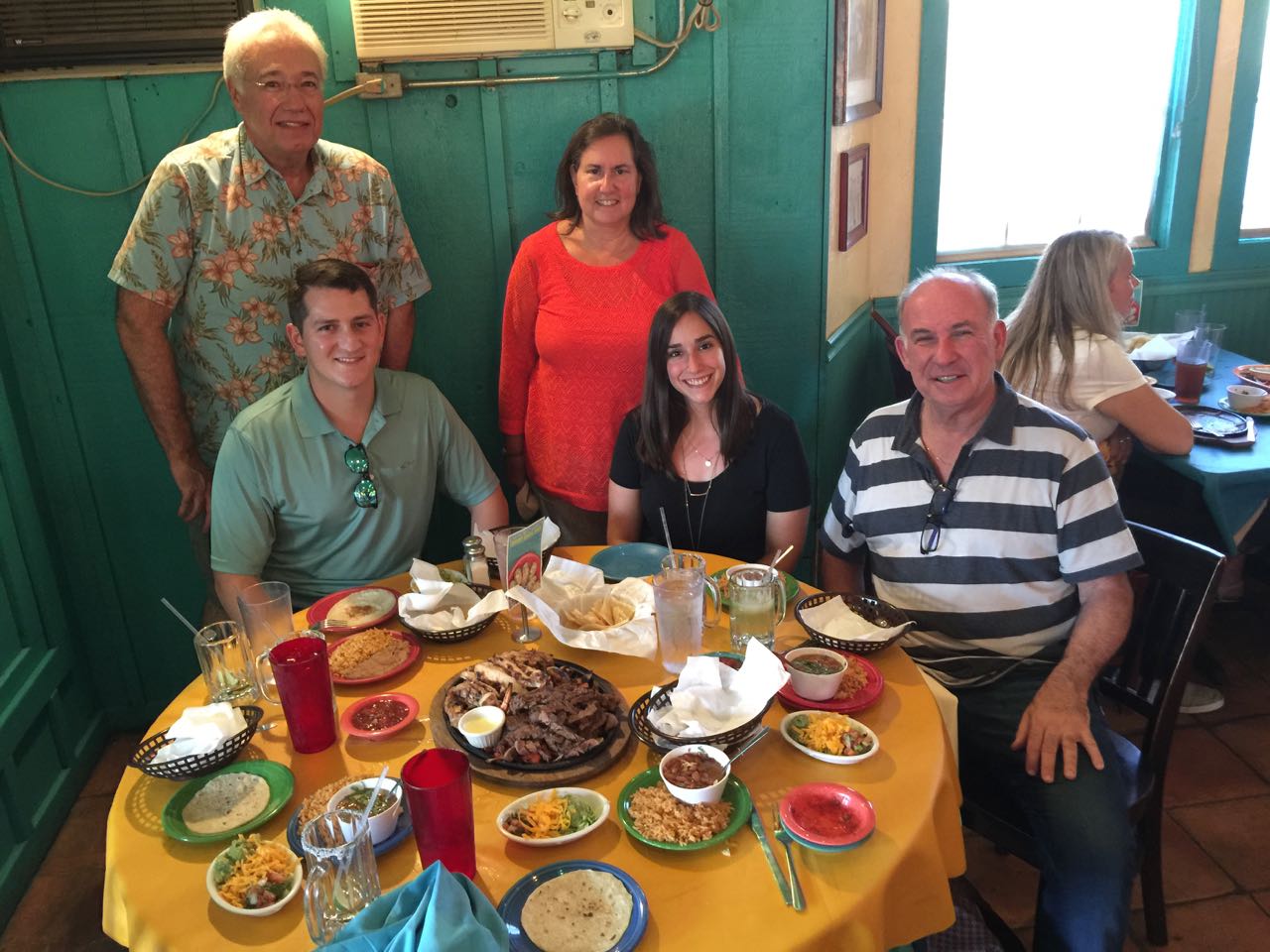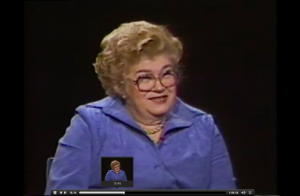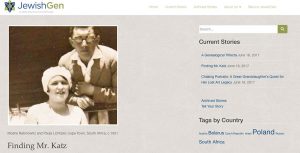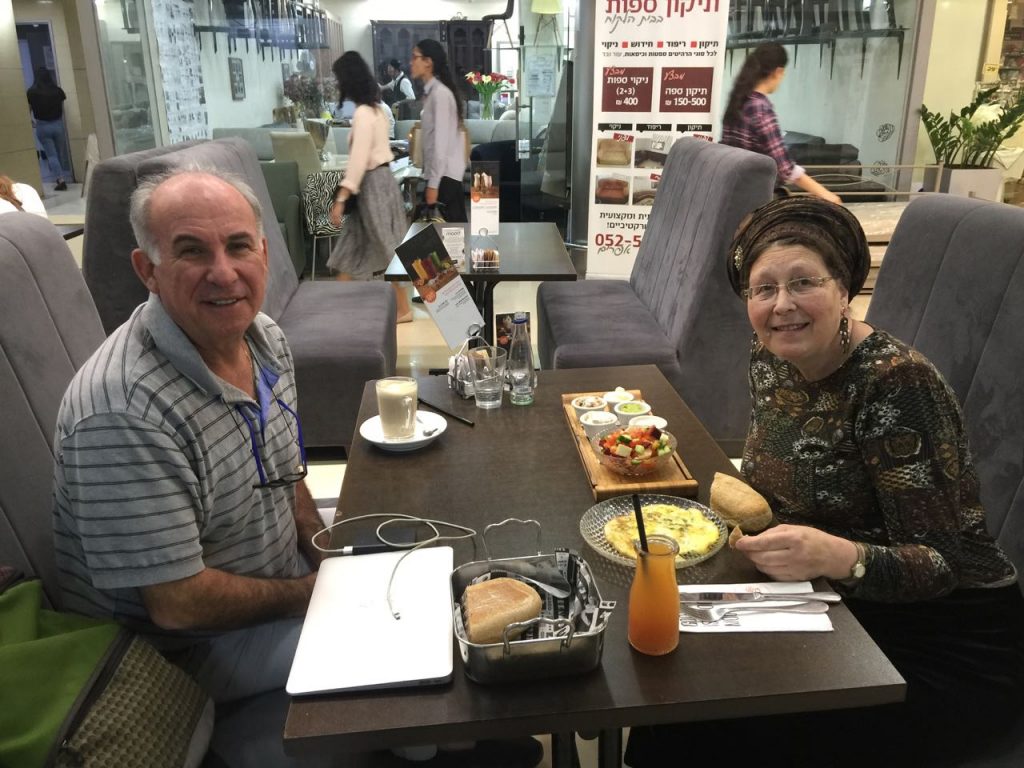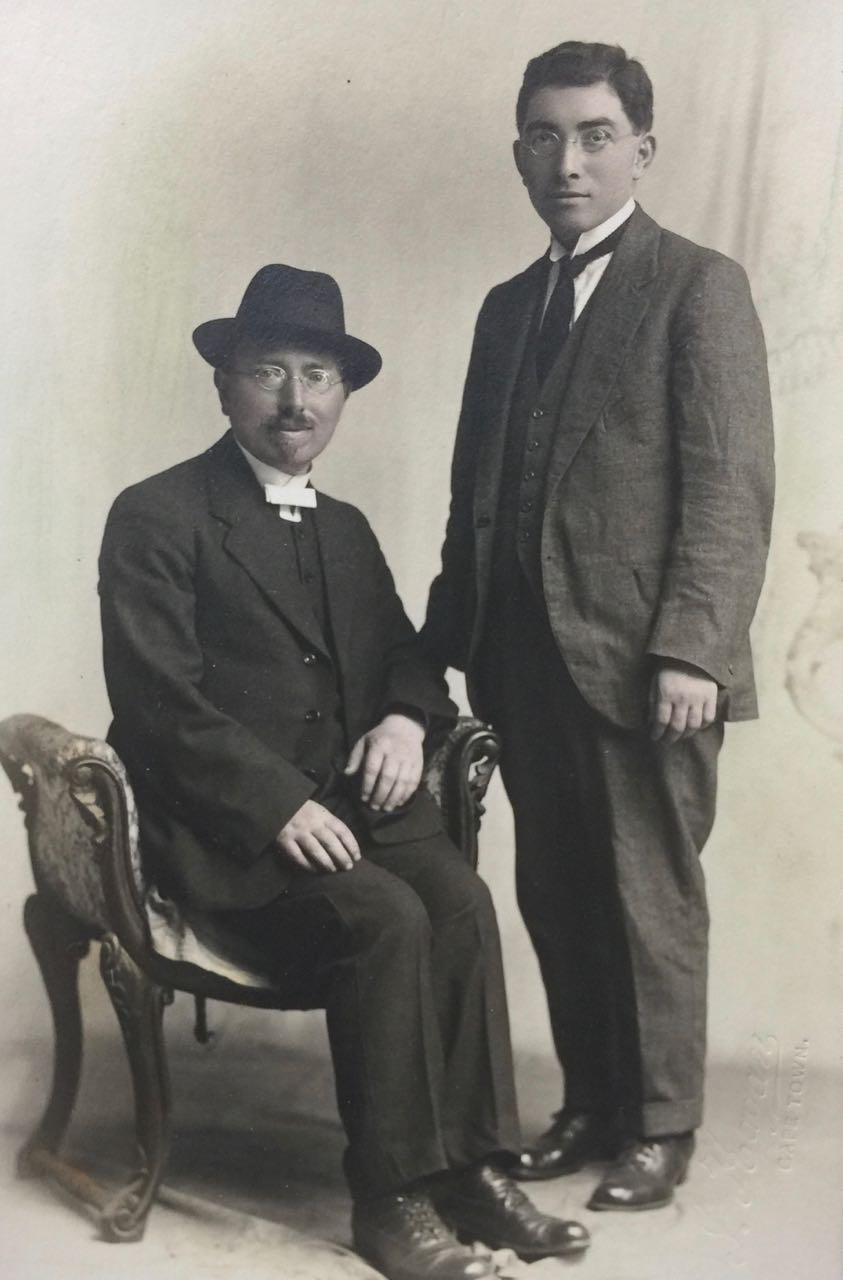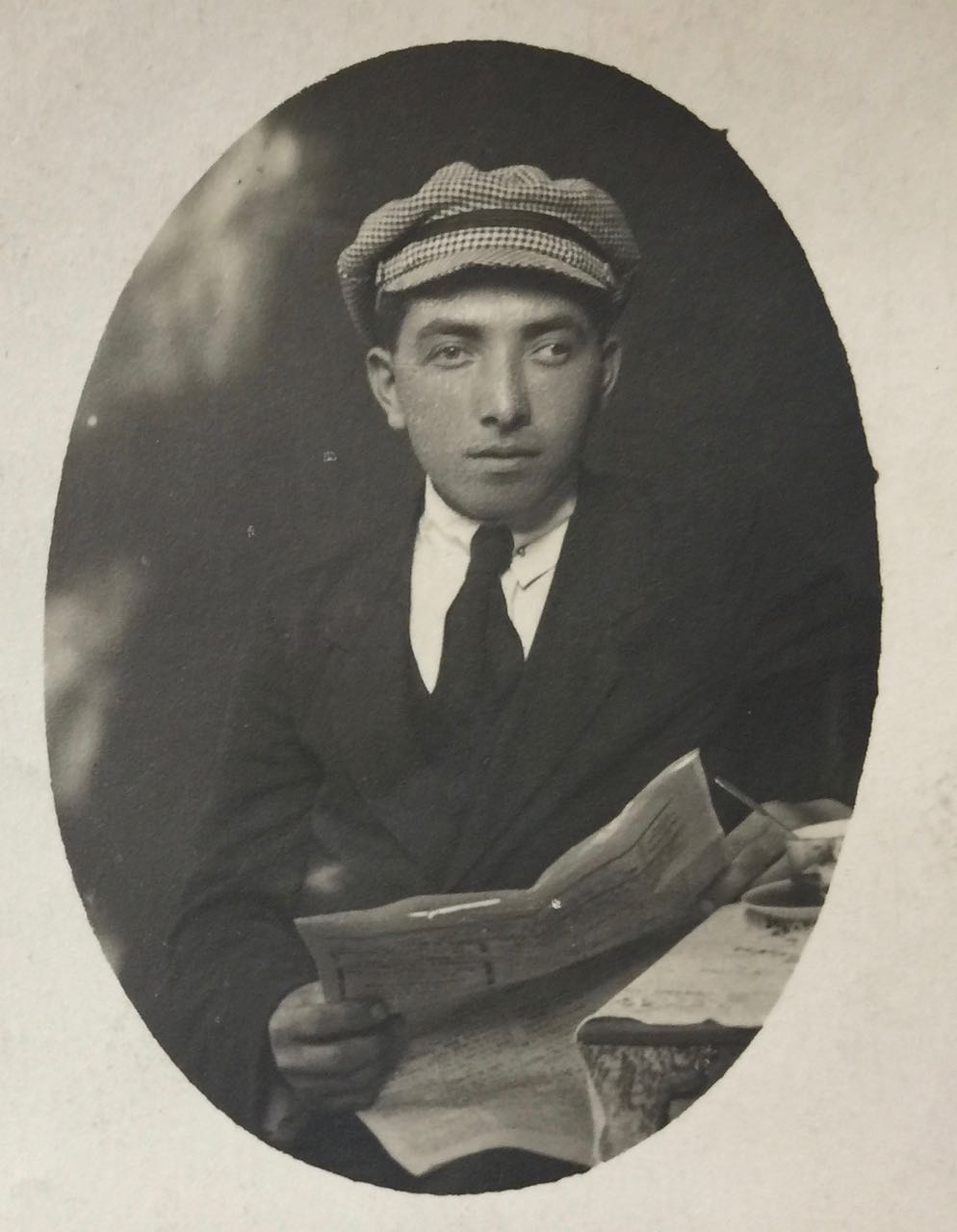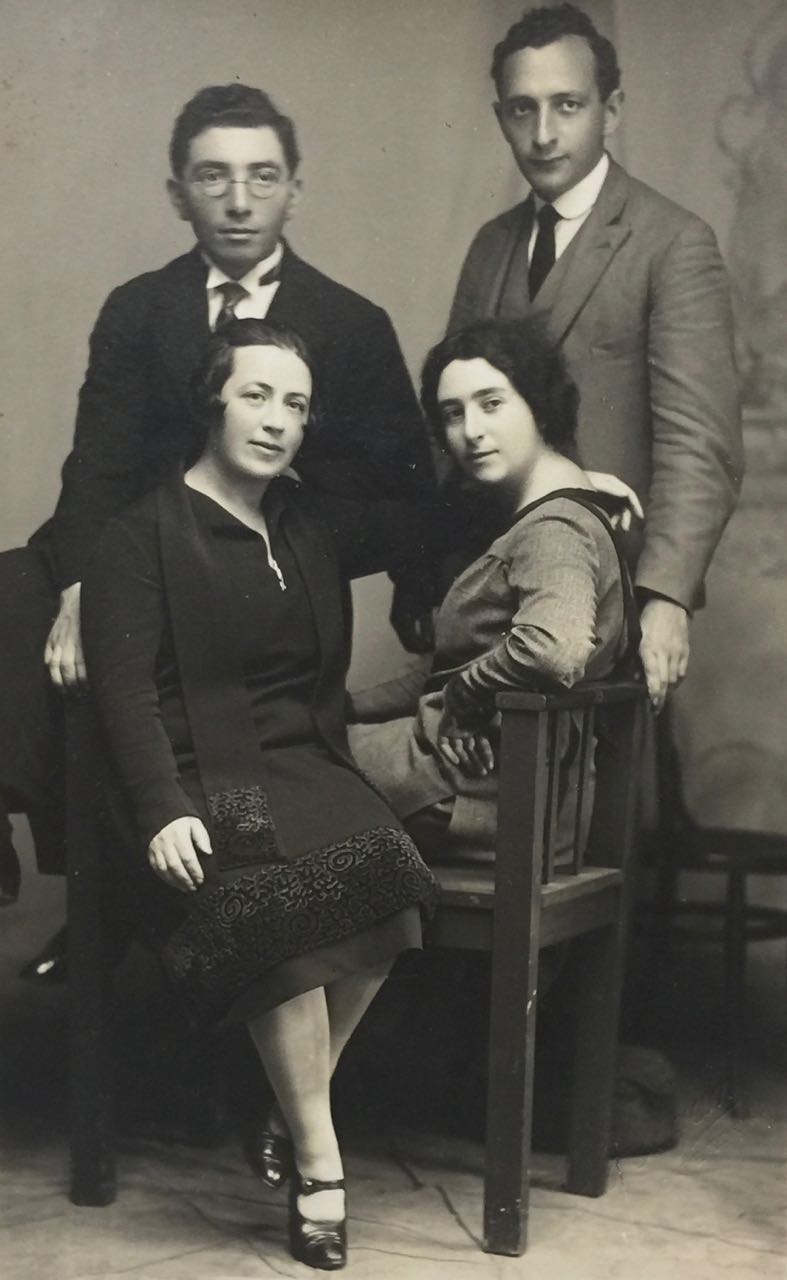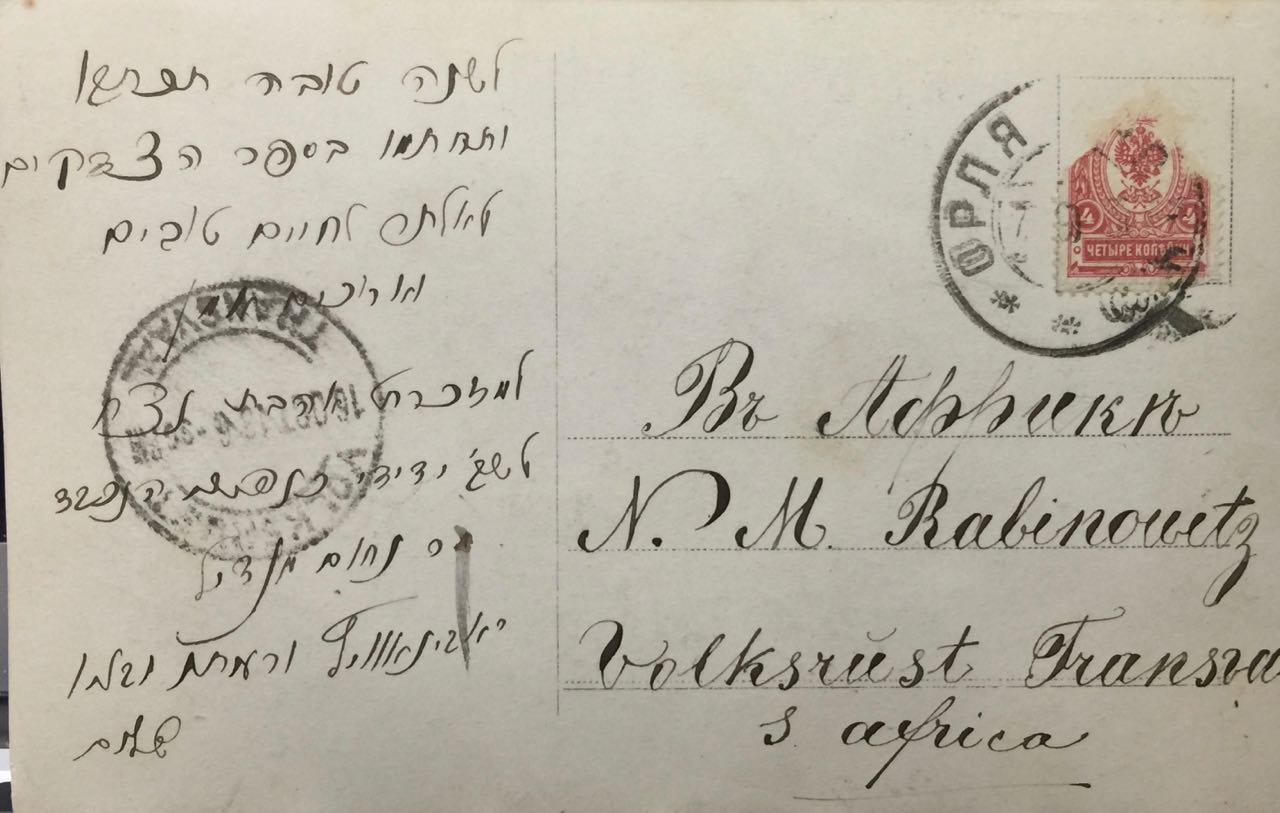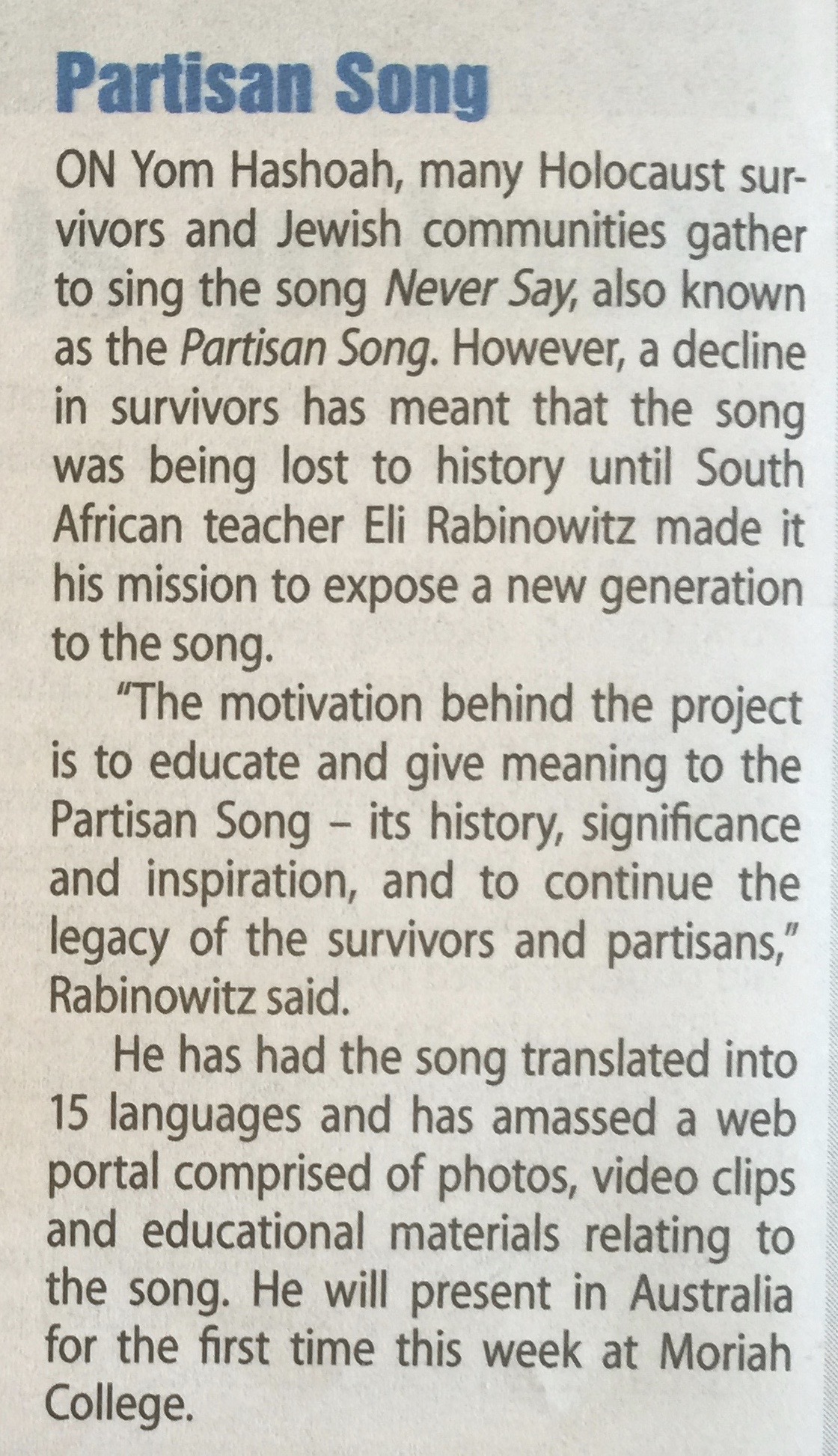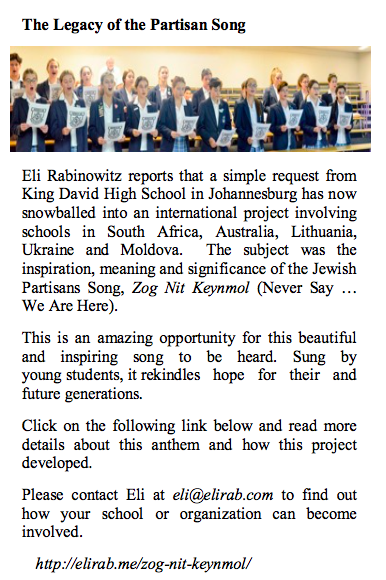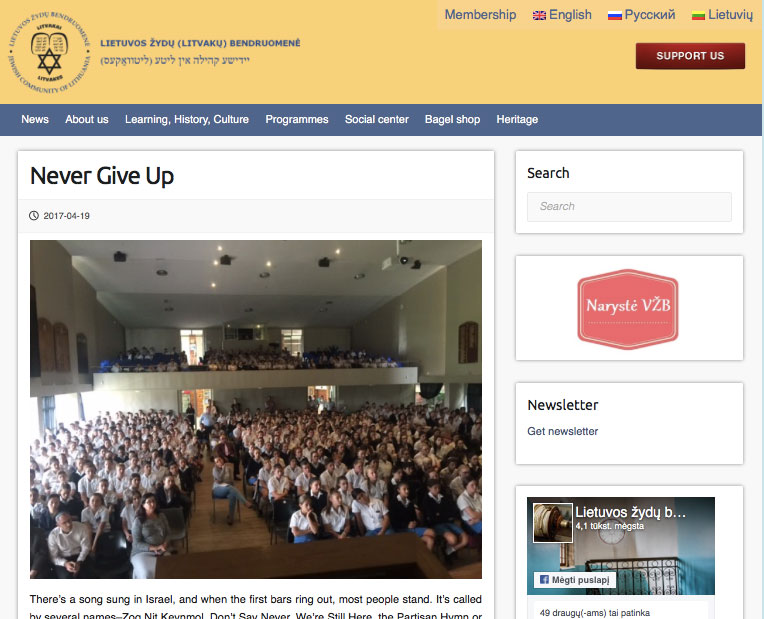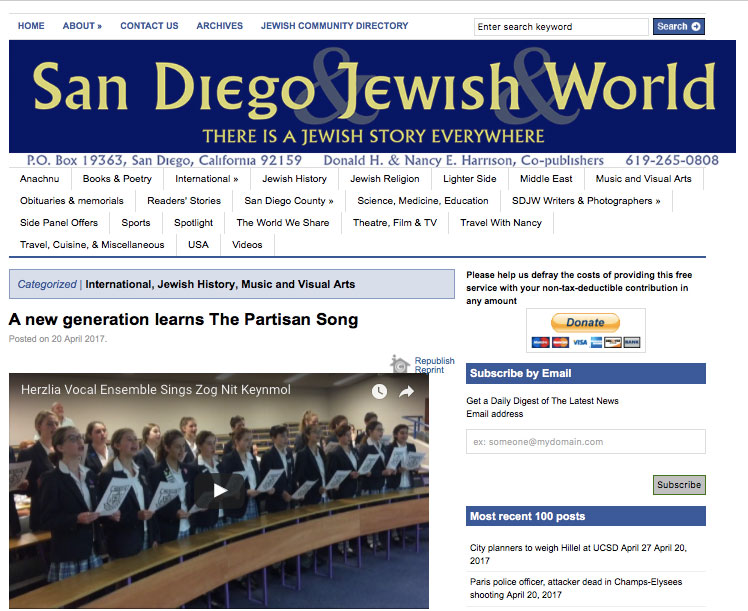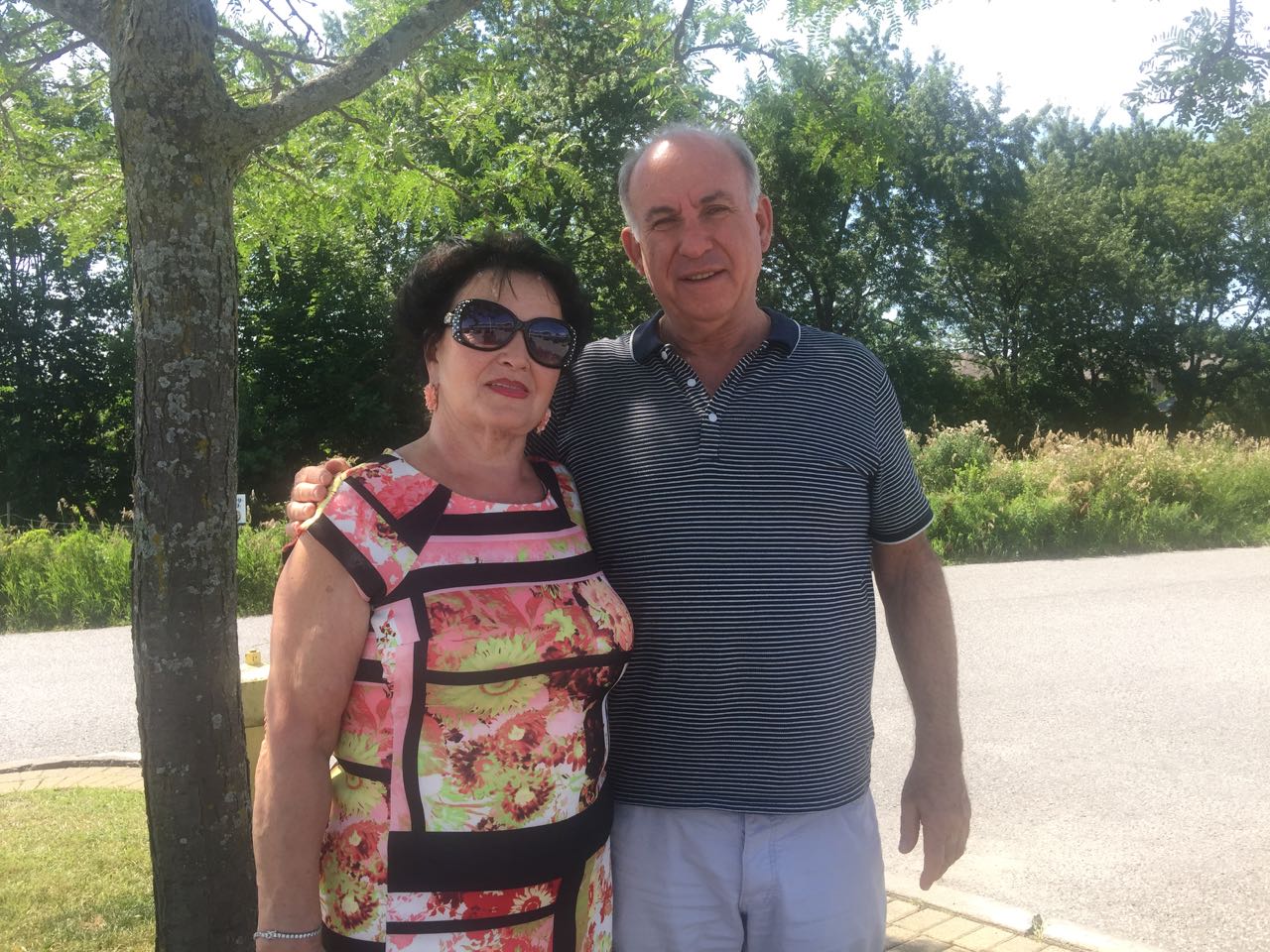
Toronto, Canada
30 July 2017
I meet my first cousin Zara Zeldin Smushkovich again after 42 years.
It is a delightful reunion at a restaurant and then at her condo.
The only other time we met was in Israel in 1975.
I also meet her vivacious daughters – Mira Gold and Alla Khelem and son in law Avram-Yakov Gold.
A very special afternoon!
How Geni posted the story on their blog:
First Cousins Reunited
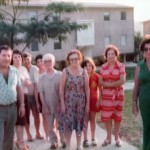
We love hearing stories of families reunited through Geni. Recently, Eli Rabinowitz finally found his first cousin Zara Smushkovich after being separated for over 35 years! The discovery was made thanks to the help of a friendly person on Facebook who found the family tree on Geni.
Source: www.geni.com/blog/first-cousins-reunited-395092.html
My original post:
This is how my story unfolds, reaching a climax a week before Jewish New Year 5777
Zara Zeldin Smushkovich
I met my first cousin Zara, known to us as Sofka, in late 1975 on Kibbutz Tzora in Israel.
As far as I can recall, this was our only meeting.
Zara had arrived with her family in 1973 from Riga, Latvia.
I took this photo of Meir, Zara, Ossie, Bessie, Uncle Isaac,
Aunty Luba, Alla, Aunty Esther, and my mother Rachel.
Zara’s father David Zeldin and my mother, Rachel were siblings.
Aunty Esther, David Zeldin’s wife, her daughter Zara and grand daughter Alla.
My grandparents Socher and Chasa Zeldin
and their six daughters left Riga for South Africa between 1927 to 1937.
Five of the sisters Yetta, Annie, Rachel (my mother), Guta and Luba (taken in the 1970s)
Chana, the youngest sister
My grandparents, Isocher and Chasa, the married Zeldin sisters and their husbands.
11 of the 15 grandchildren all born in Cape Town
A typical family gathering in the 50s.
Two brothers, Moisey and David were left behind in Latvia.
Uncle Moisey, the eldest, died in the Holocaust, around 1941 while his younger brother David joined the Soviet Army and survived.
David’s children, Mendel and Zara, spent the war years with their mother Esther in a refugee camp near Tashkent in Uzbekistan.
.
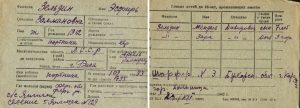
Documents from the Latvian archives showing their refugee status in Uzbekistan.
.
Uncle David, his wife Esther and their daughter Zara at her wedding in Riga in August 1957.
This photo: Aunty Luba, Alla, my mom Rachel, cousin Solly, Zara, Esther, Sorrel and her son Gil in late 70s in Israel.
Zara and her family left Israel for Canada in 1984.
————————————————————————–
In 2001, thanks to Saul Issroff, London based president of South African SIG, I made contact for the first time with Ferenc Koszeg, my Zeldin second cousin in Budapest, Hungary.
The article below describes the amazing way we connected!
Additionally, Ferenc, known as Feri, introduced me to additional Zeldin family, living in Istanbul:
My grandfather Socher Zeldin, had another sister, Masha who, with her Hungarian husband Sandor, moved to Turkey in the early 1920s. Although they were no longer alive, their daughter and their grandchildren (my second cousins) were in Istanbul.
There was also a second cousin in Washington DC and other Zeldin family, the Bock family, in Dallas. I started corresponding with them.
I made my first trip to the Baltics, Central and Eastern Europe in May 2011, starting in Riga, where I had commissioned research by Rita Bogdanova, archivist at the Latvian State Archives.
With Rita Bogdanova and Saul Issroff in Israel July 2015
Rita found pre WWll material on the Zeldin family in Riga and Dvinsk, known today as Daugavpils.
Rachel (Rael) Zeldin’s passport document.
Using this research as my foundation, I was able to visit family addresses with my guide, Elena Spungina.
Just after leaving Riga, I received the 1960 diary of my late cousin Phyllis Jowell. In it she wrote about meeting our uncle David Zeldin, his wife Esther and children, Mendel and Zara.
The cover of Phyllis’s diary and photos she had pasted in it:
Rivka & Mendel Zeldin, my cousin, with their son Alex
In the diary he was referred to as Mishka, and his wife and son’s names weren’t given.
Zara with daughter, Mira
In the diary, she was referred to as Sofka and her daughter’s name wasn’t given.
————————————————————————–
After visiting Latvia, Lithuania and Poland in May 2011, I arrived in Budapest, Hungary and met my second cousin Feri Koszeg for first time, since connecting in 2001.
Other family members joined the party, including Feri’s family, Fanni and her husband David Waitz from New York; Sarah, her husband Peter Magyari, and her brother Aron; my son Neil from Oxford; my nephew Ronen Katz and his daughter Shachar from Israel. Visiting Budapest from Istanbul was our mutual second cousin Mehmet Imre and his wife Billur.
It was a most memorable evening with the three Zeldin second cousins, all grandchildren of three Zeldin siblings from Dvinsk, Latvia.
With Feri and the photos that helped bring our families together. The three second cousins: Mehmet, Feri & Eli.
Feri with a famous photo of himself running from Soviet agents.
If you are interested in the background story of this famous photo, go to the 6 minute mark of this video filmed at the Library Of Congress Washington DC in 2014.
I continued my journey to Istanbul where I met Mehmet’s brother Ahmet Imre and his wife, Pinar.
In 2013, I returned to Istanbul, where I met two more of my second cousins, Haluk Atasoy and his wife Sena, and Cihad Atasoy and his wife Seda. These men are second cousins of mine and all have the same Jewish Hungarian grandfather and their grandmother Masha, was my grandfather Isocher Zeldin’s sister.
L-R Back: Haluk, Cihad, Ahmet, Mehmet & Eli. Front: Sena, Seda, Pinar & Billur
In the past few years, having found this expanded family, the question of Zara (known to us as Sofka) came up, but no one really knew where to find her nor most importantly, did anyone remember her surname.
I had tried looking for Zeldins on Facebook, but had no luck.
————————————————————————–
Then in June this year I wrote to the Latvian Archives again, but this time to the section of the archives that deals with post WWll and the Soviet era. My friend Rita had suggested I contact the Personnel Archives which has files of families living abroad.
The Archives replied that they had found such documents of the Zeldin family.
On 22 September 2016, our postie delivered a registered letter from the Latvian Archives.
Included were Zara’s and her daughter Alla Khelem’s 1973 joint Soviet passport.
I asked Avigdor Shligel, my Ukrainian friend, to translate Zara’s surname which was written in Russian / cyrillic script.
The answer and the key was: SMUSHKOVICH
I posted the following on Facebook and JewishGen:
Within an hour a Facebook member, Elena Shapiro Wayne, sent me the Geni page of the late husband of Zara – Meir Smushkovich. I then looked up the names on that Geni tree on Facebook, including Alon Gold, who, according to Geni, was Zara’s grandson.
Gert Rogers, from Toronto, saw my post on JewishGen, sent me an email with Zara’s telephone number, which she had looked up in the telephone directory and then called to check that it was Zara.
I spoke to my first cousin Zara in Toronto that night. What an amazing experience to make this call!
We were both ecstatic to make this connection! Zara was so happy to be in contact again with her 13 surviving Zeldin first cousins after more than 35 years.
Zara told me that Alon called to tell her that he had been contacted by a “stranger” on Facebook with information about his Zeldin family. As I was unknown to him, he needed to clear it with her as it had come out of nowhere.
I called Alon Gold the following morning and we spoke for two hours. Like me, he is the go-to person in his family when it come to maintaining family records and ties.
Mendel Zeldin with his children Bella and Alex
Sadly, Zara’s brother Mendel, passed away less than two months ago on 28 July 2016 in Brooklyn, NY. He was 81.
We never met him. Only our late cousin, Phyllis Jowell, met him in 1960 in Riga.
L-R: Bella, Mendels daughter; Alla. his niece; Mendel, Mira, his niece; Angela, his great niece.
Zara with her daughters Alla and Mira.
Here are photos of our “new” family.
Lucy’s wedding in NY in 2010
Angela’s wedding in Toronto in 2015
Our new family’s tree!
————————————————————————–
Once I received that registered letter from the archives in Riga, I knew that things would develop quickly.
My thanks go out to my friend Rita Bogdanova at the Latvian State Archives, Avigdor Shligel, Elena Shapiro Wayne and Gert Rogers.
Thanks to Jewishgen.org and Geni.com, it took less than an hour to find Alon Gold and his “baba Sofa”, Zara Smushkovich, my long lost cousin!
There is so much history still to share. We are so looking forward to it.
A rip roaring success story, if ever there was one!
Thanks to my daughter in law Tami for calling me “tangential”. You are right! Just what my sons, the doctors, ordered!
From
As many of you know I have been extremely immersed in the Genealogy of my family and Gary’s. I have been active in the genealogy community on Facebook. I had the pleasure of stumbling on a request from a very nice man in Australia looking for family members. I was able to very quickly find a record for one of his ancestors which helped him reconnect after decades! Today on the Jewish NEW YEAR I received a note and this link. At the end of this very wonderful family history I was honored to be mentioned. What a wonderful gift on Rosh Hashana! Eli Rabinowitz here is wishing many years of happiness with your newly found family. I am humbled to have been a small part of this wonderful Mitzvah.
L’Shana Tova.
Please check out this link to hear his story!
http://elirab.me/finding-my-cousin-zara-smushkovich/
**********************************************
From Gert Rogers, Toronto
2 October 2016
Dear Eli
I am so glad that I could help you. Your blog was amazing. I wrote Bubble Segal many years ago and she answered me so I know her by correspondence. Again I am happy for you.
Wishing you and all your family a Healthy and Happy New Year.
Gert
Gert Rogers – Toronto – Searching Goldman Woda Sziiakovich from Mordy, Losice, and Miedzyrzec Podlaski and Solnik Djtelbaum from Staszow all in Poland
Like this:
Like Loading...



